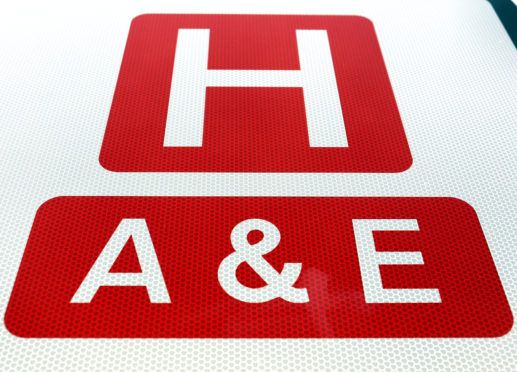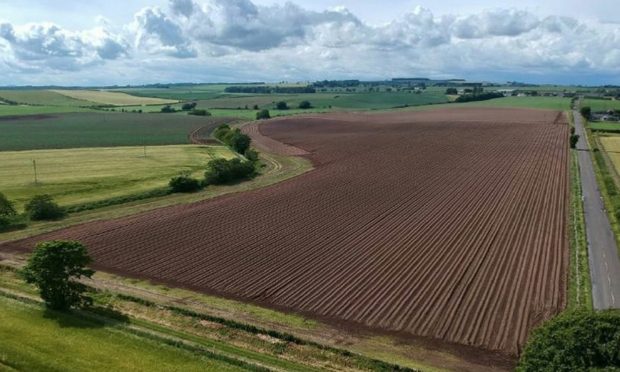An increase in the number of Angus pensioners being hospitalised after a fall has been blamed on a change in the way admissions are recorded.
People aged over 65 being admitted to hospitals after falling increased 23% in the last year, Angus Integration Joint Board (IJB) heard but healthcare bosses put the spike down to a change in coding at Accident and Emergency departments.
Hugh Robertson, non-executive member of the Angus Health and Social Care IJB remained unconvinced at the board meeting in Forfar on Wednesday and called for preventative measures to stop accidents happening.
“This is only an interim report, it only goes so far,” he said.
“I get the bit about falls admissions but what I hope is covered in the next report is an indication of what caused these falls in the first place.
“I hope the next report will look at ways we can prevent people falling so there isn’t an admission in the first place.”
Figures showed during 2018/19 the rate of admissions following a fall for people aged over 65 in Angus was 25.3 per 1,000 population – a 33% increase on the 2015/16 level and 23% increase on 2017/18.
Gail Smith, head of community health and care services (north) wrote the interim report presented to the IJB.
It said the increase in falls admissions appeared to be related to a change in the “pathway and data coding” involving the A&E and medicine for the elderly.
If a patient transfers from A&E to a ward area for day treatment, this is counted as a hospital admission, though they leave the department later that day.
Ms Smith said: “This improved pathway ensures older people experience a holistic assessment before returning home but it is now identified in the data coding as an admission.
“Previously this would not have been counted in the admission statistics as patients would have been discharged from A&E directly.”
She added senior officers have developed an approach to work differently with the ageing population which focuses on preventative approaches which included seated exercise and balance training.
“What has emerged so far with our current investigation work is the increase of falls and admissions are related to a change in the pathway and coding at Accident and Emergency,” she said.
“My perspective is this is absolutely a positive improvement.
“We are delivering better outcomes for our elderly patients who will have direct access to our medicine for the elderly consultant support.
“Our internal audit doesn’t think there is an increase in Angus, it’s a coding issue.”
A further report will be submitted in February.










